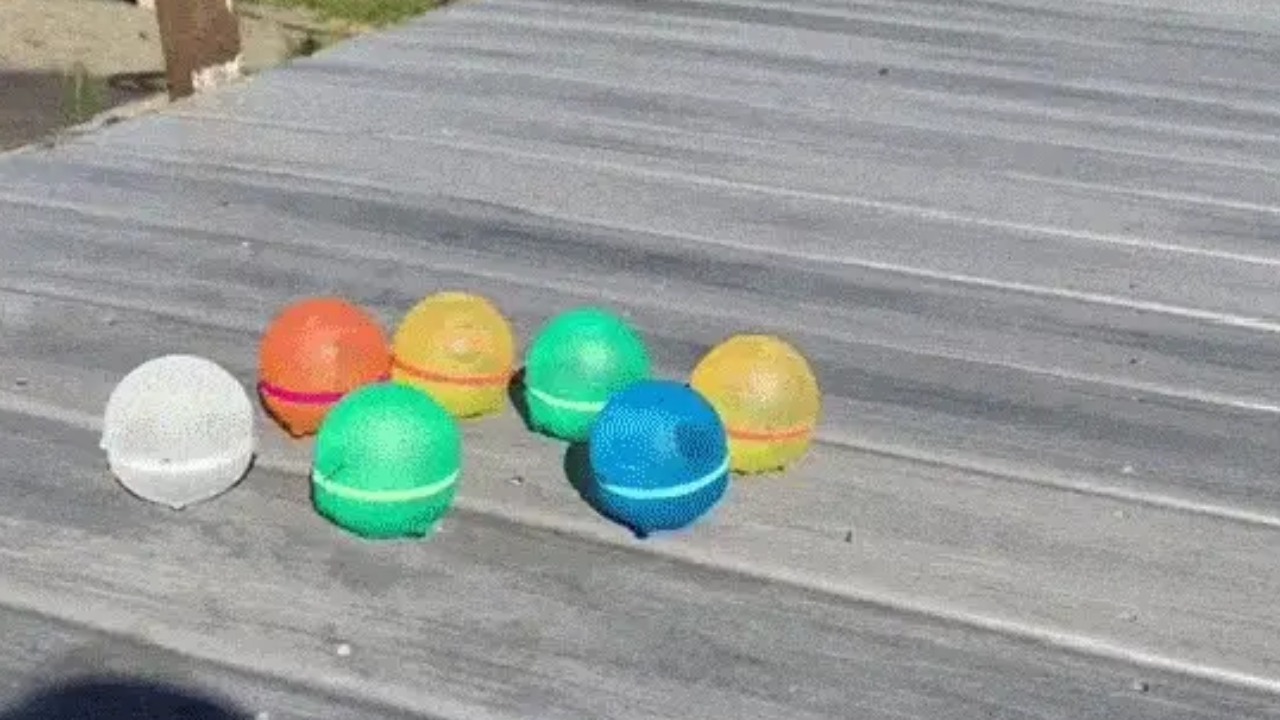When it comes to water balloon fun, the choice between reusable and traditional options shapes the experience. Reusable water balloons, like those offered by Hiliop, introduce an eco-friendly twist to the classic water balloon fight. Unlike their traditional counterparts, these balloons are designed for long-lasting enjoyment, minimizing waste and environmental impact.
In this comparison, we'll delve into the distinctive features of both reusable and traditional water balloons, exploring how Hiliop's innovative approach transforms water play. You can learn more about Hiliop collection to discover the perfect water balloon solution that aligns with both sustainability and summer joy.
Why Reusable Water Balloons are Preferred a lot?
Reusable water balloons have gained immense popularity for several compelling reasons. First and foremost, their eco-friendly nature appeals to environmentally conscious consumers. Traditional water balloons contribute to plastic waste, while reusable alternatives minimize environmental impact.
Additionally, the cost-effectiveness of reusable water balloons is a major draw. Unlike single-use balloons that require continuous repurchase, reusable ones offer long-term value and savings. Moreover, the convenience of being able to refill and reuse these balloons eliminates the hassle of constant trips to the store.
With Hiliop's collection, offering high-quality reusable water balloons, users can enjoy endless water-filled fun while making a sustainable and budget-friendly choice.
Comparing Reusable and Traditional Water Balloons
Let us explore the key aspects of both reusable and traditional water balloons to help you make an informed decision for your next watery escapade.
Material and Environmental Impact
- Reusable water balloons are typically crafted from durable, eco-friendly materials like TPU or other non-toxic substances. Their reusable nature significantly reduces environmental impact, as they eliminate the need for single-use plastic balloons that contribute to pollution.
- Traditional water balloons are typically made from latex or other plastic materials. While latex is biodegradable, it still poses challenges in terms of waste disposal. Many traditional water balloons end up in landfills, contributing to environmental concerns.
Durability and Longevity
- Crafted for extended use, reusable water balloons outshine traditional counterparts in durability and resilience. Their robust design allows for repeated filling, tying, and tossing, ensuring prolonged entertainment without the concern of easy breakage. Opting for reusable water balloons not only enhances longevity but also contributes to a more sustainable and cost-effective choice for endless water-filled fun.
- In contrast, traditional water balloons, with their inherent fragility, are prone to breakage, particularly during the filling and tying process. This fragility shortens their lifespan, necessitating the purchase of larger quantities for sustained water play.
Ease of Use and Filling
- Reusable water balloons are user-friendly, featuring easy-to-fill designs and secure closures. Many come with innovative filling mechanisms, making the process hassle-free for both children and adults.
- Filling traditional water balloons can be a time-consuming and challenging task. Tying knots can be tricky, especially for younger participants, and the process may result in a considerable amount of wasted balloons.
Cost-Effectiveness
- While the initial cost of reusable water balloons may be higher than that of traditional ones, the long-term cost is significantly lower. Their reusability eliminates the need for frequent repurchases, making them a cost-effective choice in the long run.
- Traditional water balloons are generally inexpensive for a single-use product. However, the need to purchase them repeatedly can add up over time, making them less cost-effective in the long term.
Variety and Customization
- Reusable water balloons often come in a variety of colors and designs. Some models even allow users to customize the appearance, adding a personal touch to water play.
- Traditional water balloons are available in various colors, but customization options are limited. The focus is primarily on providing a simple, affordable solution for water-based activities.
Conclusion
In the clash between reusable and traditional water balloons, the sustainable edge of reusable options stands out. While traditional water balloons offer affordability and simplicity, reusable water balloons present a more environmentally conscious and durable alternative. The choice ultimately depends on individual preferences, balancing convenience with a commitment to reducing environmental impact.


